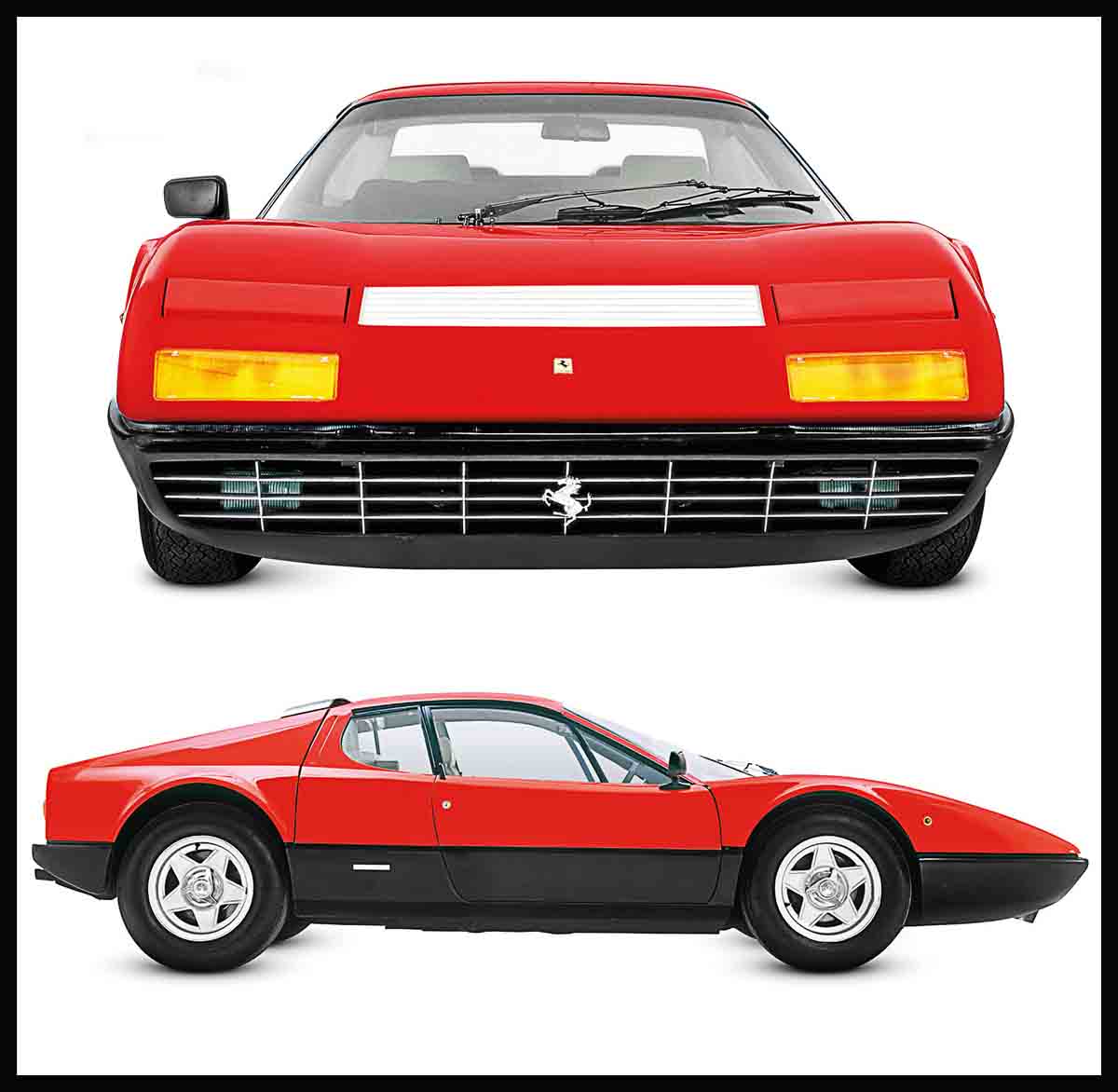
Supercars
In the 1970s ever larger and more powerful engines provided greater top speeds, while slashing acceleration times. Ferrari was the last of the big three Italian supercar-makers to switch to mid-engined designs: while Lamborghini built the Miura and prepared the Countach, and Maserati offered the Bora and Merak, Ferrari built the Daytona, the last of its traditional front-engine, reardrive GTs. But that was followed by the flat-12 Berlinetta Boxer, which joined Lamborghini, Maserati, and others in an era of glamour and drama.
Ferrari 365 GT4 Berlinetta Boxer, 1973
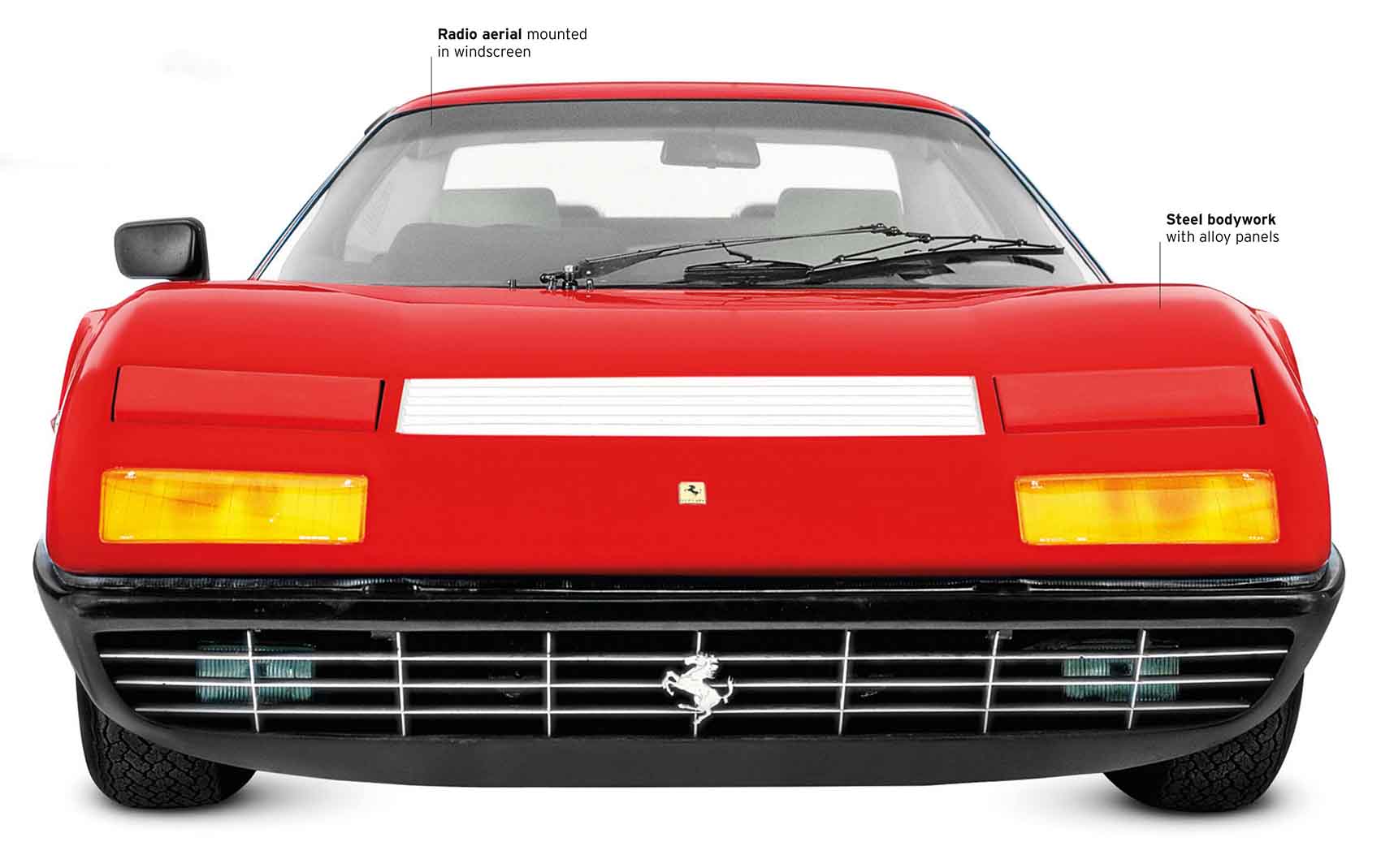
| Origin | Italy |
| Engine | 4,390 cc, flat-12 |
| Top speed | 175 mph (281 km/h) |
The “BB” broke new ground: this was Ferrari’s first super-sports car with a mid-engine configuration and, not only that, it had a new type of engine. Like the F1 and Le Mans cars this was a flat-12, with the gearbox underneath. Just 387 were made.
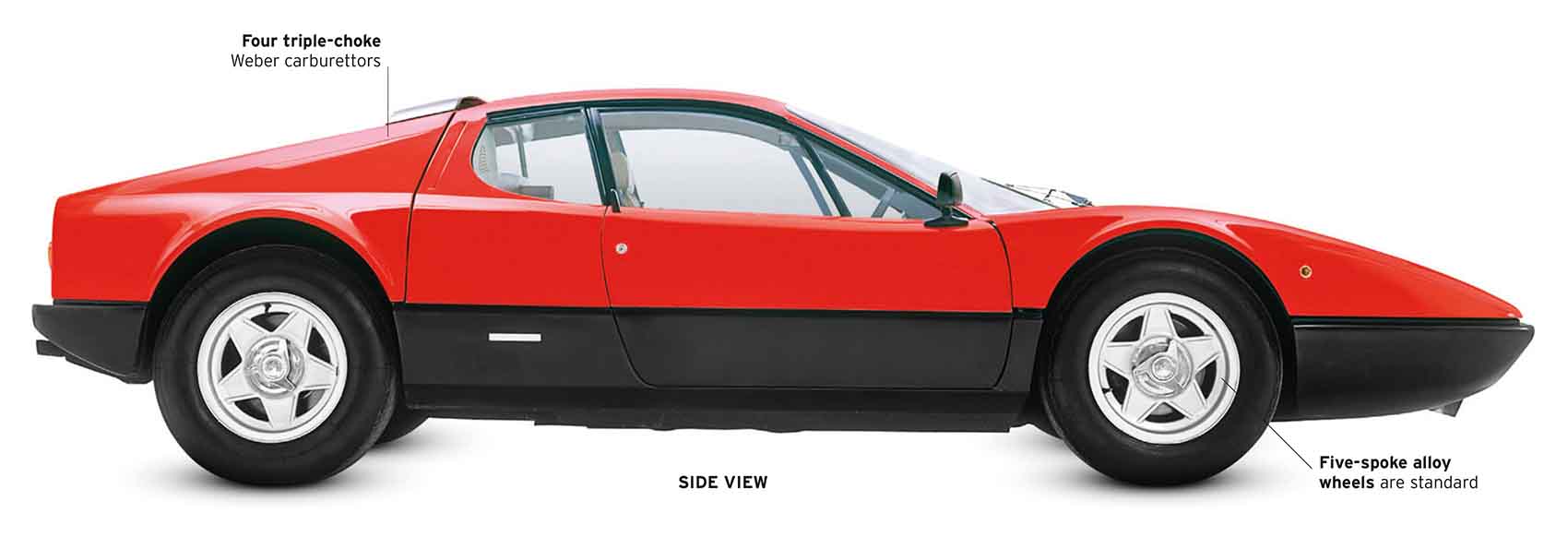
Drag efficiency
The Ferrari’s mid-engine design gave a more balanced distribution of weight, while the use of a Boxer engine allowed the car to sit closer to the road, resulting in improved aerodynamics and a lower centre of gravity.
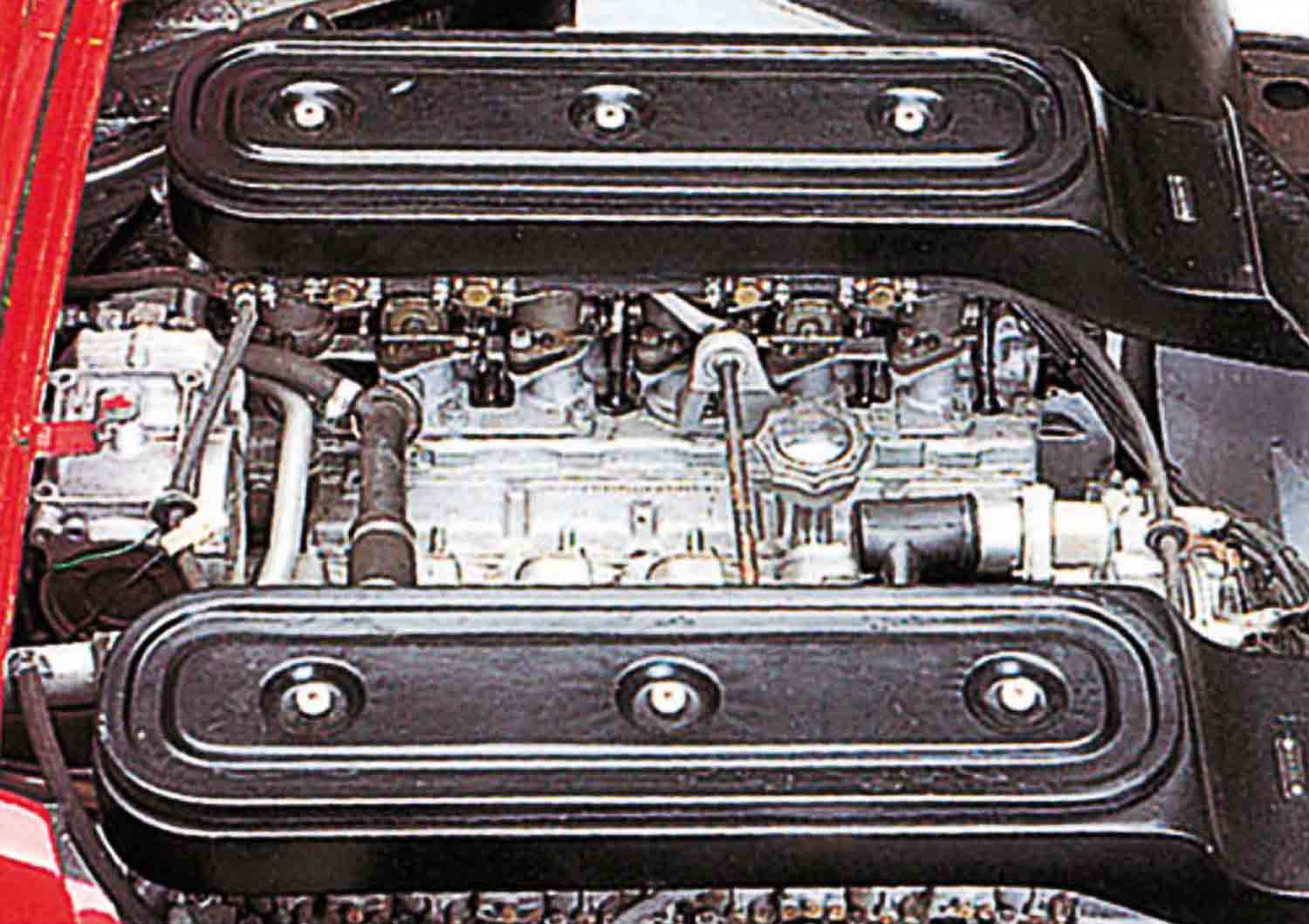
Radical engine
So-named due to the punching action of its horizontal pistons, the “Boxer” engine was positioned behind the cockpit. The alloy cylinder heads held two camshafts each, and used composite belts instead of timing chains.
Ferrari 365GTB/4, 1968 “Daytona”
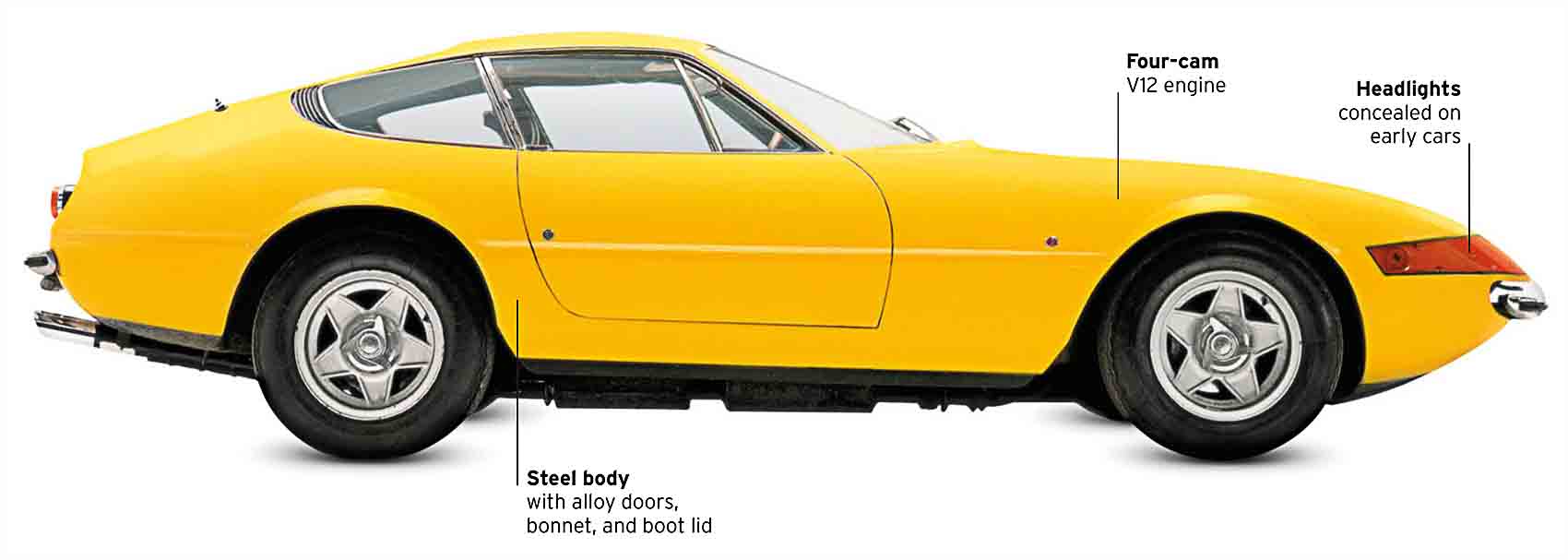
| Origin | Italy |
| Engine | 4,390 cc, V12 |
| Top speed | 174 mph (280 km/h) |
Classically sculpted and outrageously quick, the Daytona was a supercar with a split personality: recalcitrant when dawdling, sublime at speed. It was the last of the great front-engined V12 war horses, for a while, at least. “Daytona” was only ever a 1970s nickname, not an official title.
Porsche 911 Carrera RS, 1973
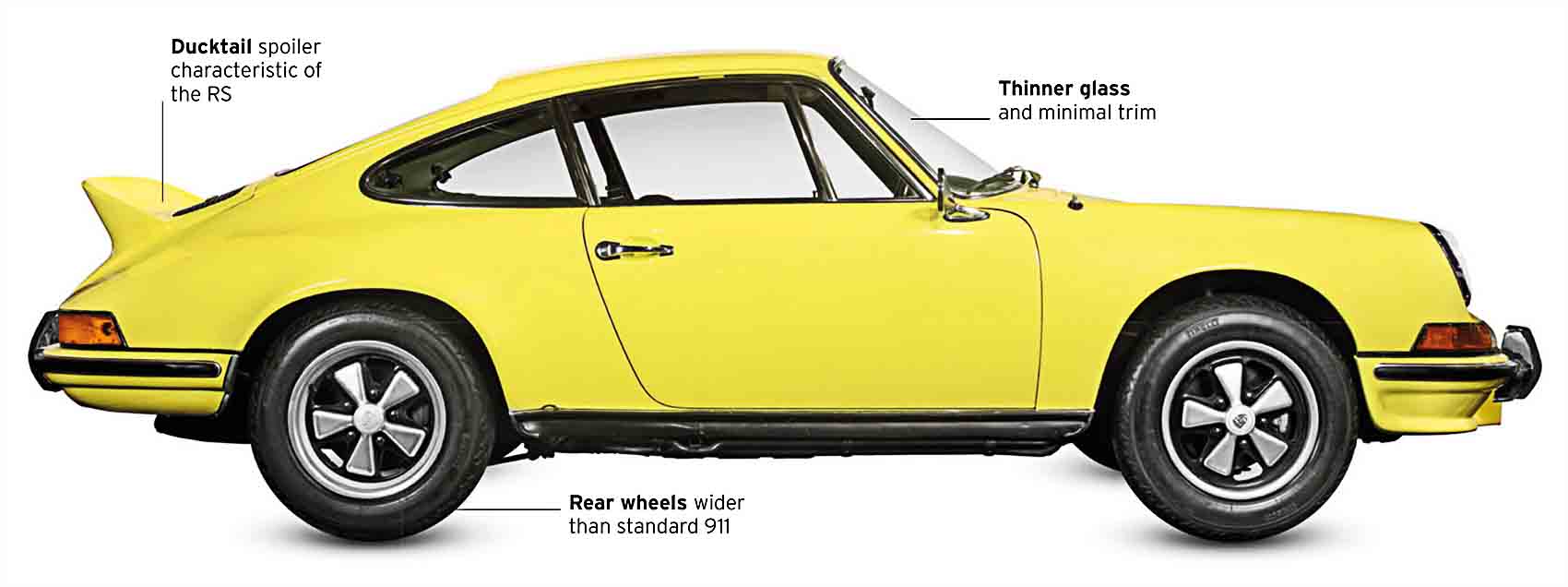
| Origin | Germany |
| Engine | 2,687 cc, flat-six |
| Top speed | 149 mph (240 km/h) |
Porsche pulled out all the stops to turn the 911 touring car into a road-going racer. Minimal equipment, lightweight trim, and even thinner glass reduced the weight, and the engine was enlarged to 2.7 liters and 210 bhp. Buying a Porsche 911 today is a blue-chip investment.
Lamborghini Countach, 1974
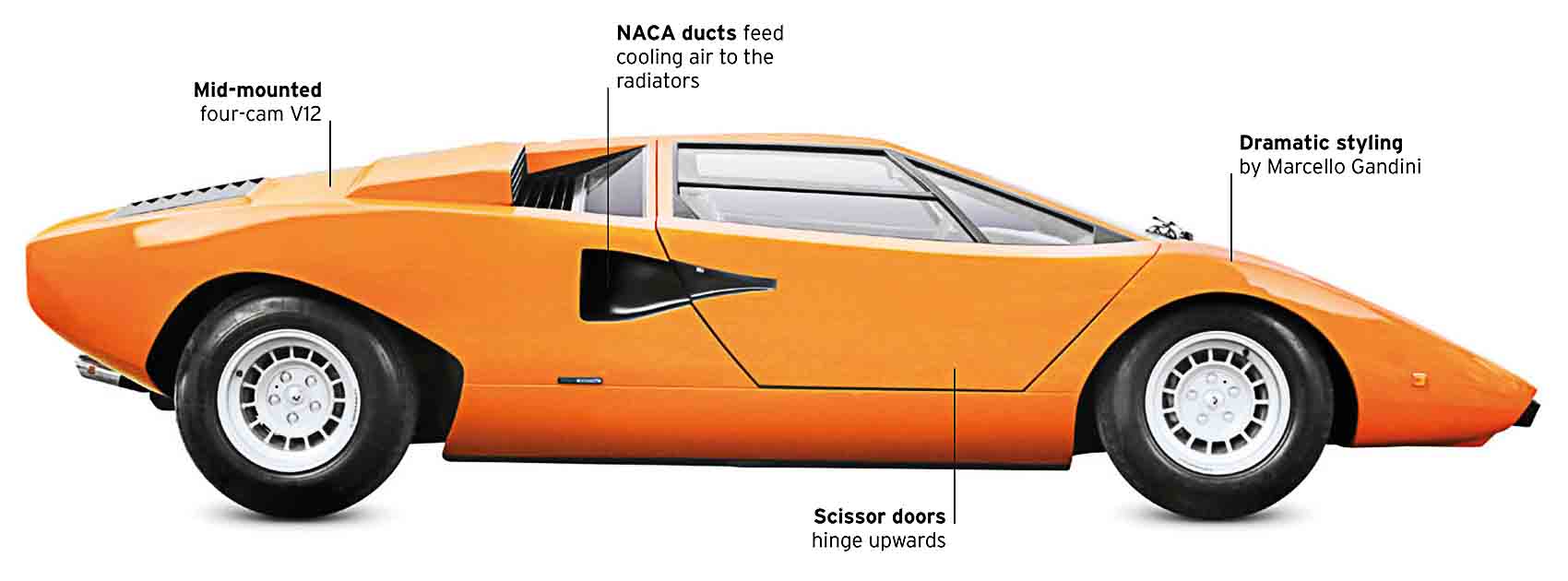
| Origin | Italy |
| Engine | 3,929-5,167 cc, V12 |
| Top speed | 183 mph (294 km/h) |
Project 112 was Lamborghini’s first mid-engined road car. It had a tubular chassis and a development of the Miura’s V12 powerplant—this time mounted longitudinally, with the five-speed gearbox in front and a driveshaft running back through the oil sump to the final drive. This was dramatic, even by Lambo standards.
MW M1, 1979
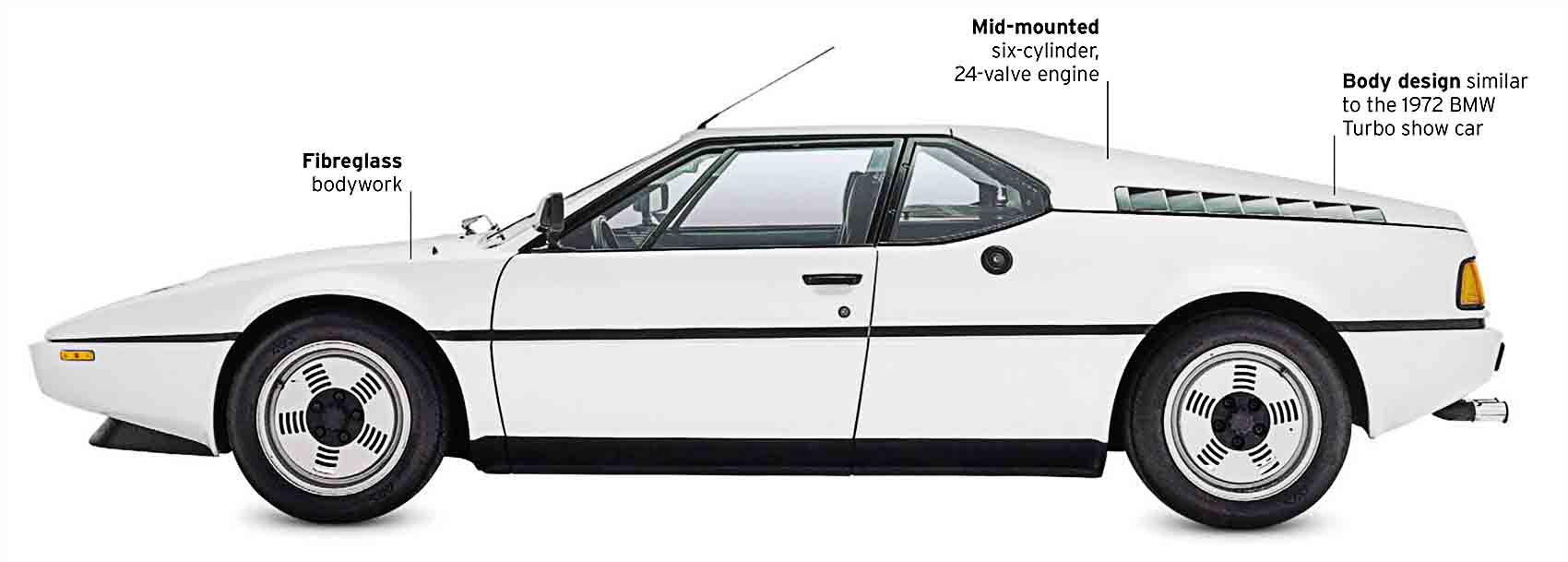
| Origin | Germany |
| Engine | 3,453 cc, straight-six |
| Top speed | 162 mph (259 km/h) |
BMW turned a race-car project into a road-going supercar, with a lusty, mid-mounted six in a sharp suit by Giorgetto Giugiaro, around a Lamborghini-designed chassis. Just 453 were made in four years, with 20 of them built for racing in the short-lived Procar series.
It is a quote. The Classic Car Book – The Definitive Visual History 2016




